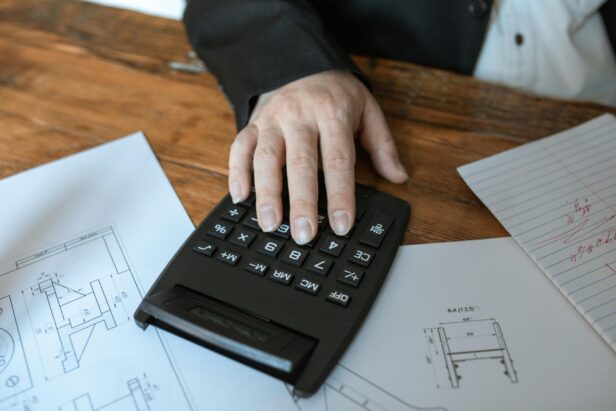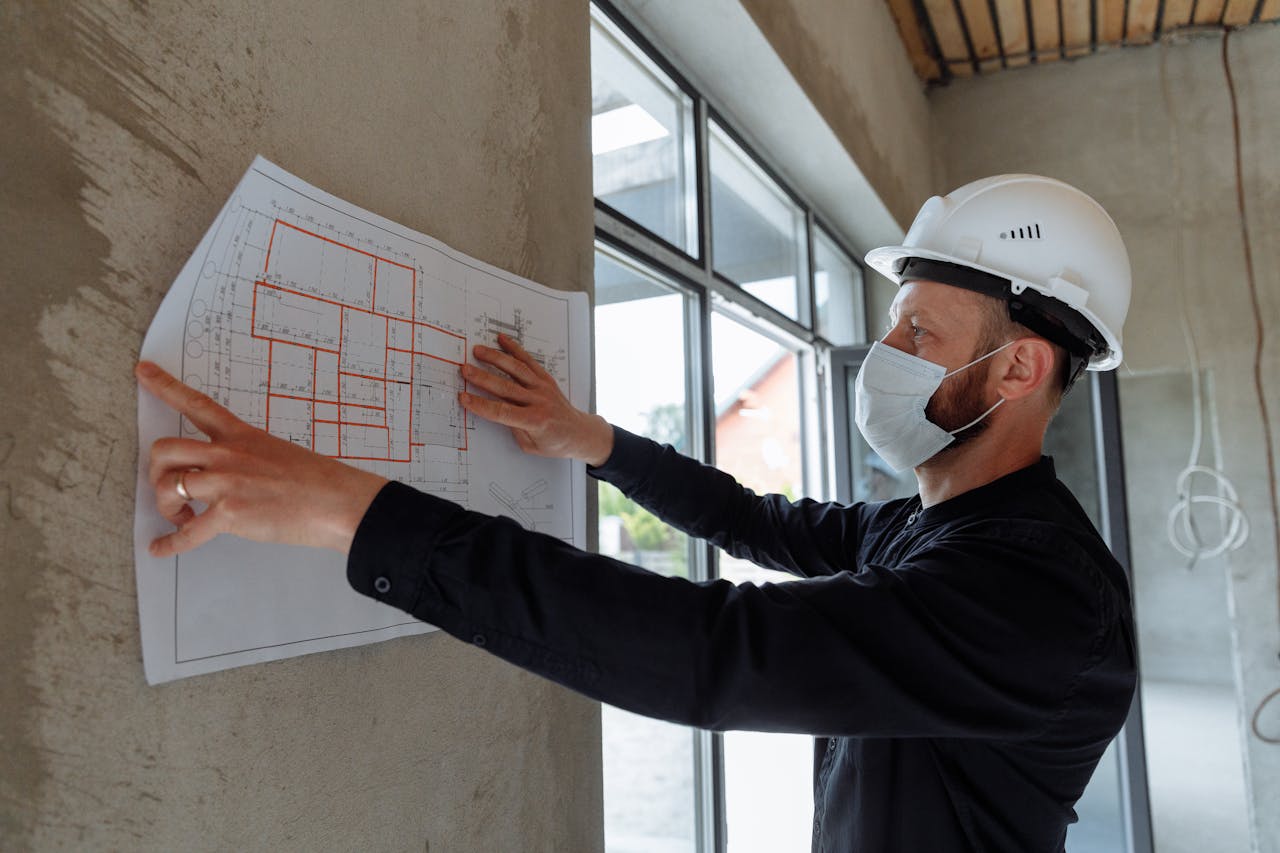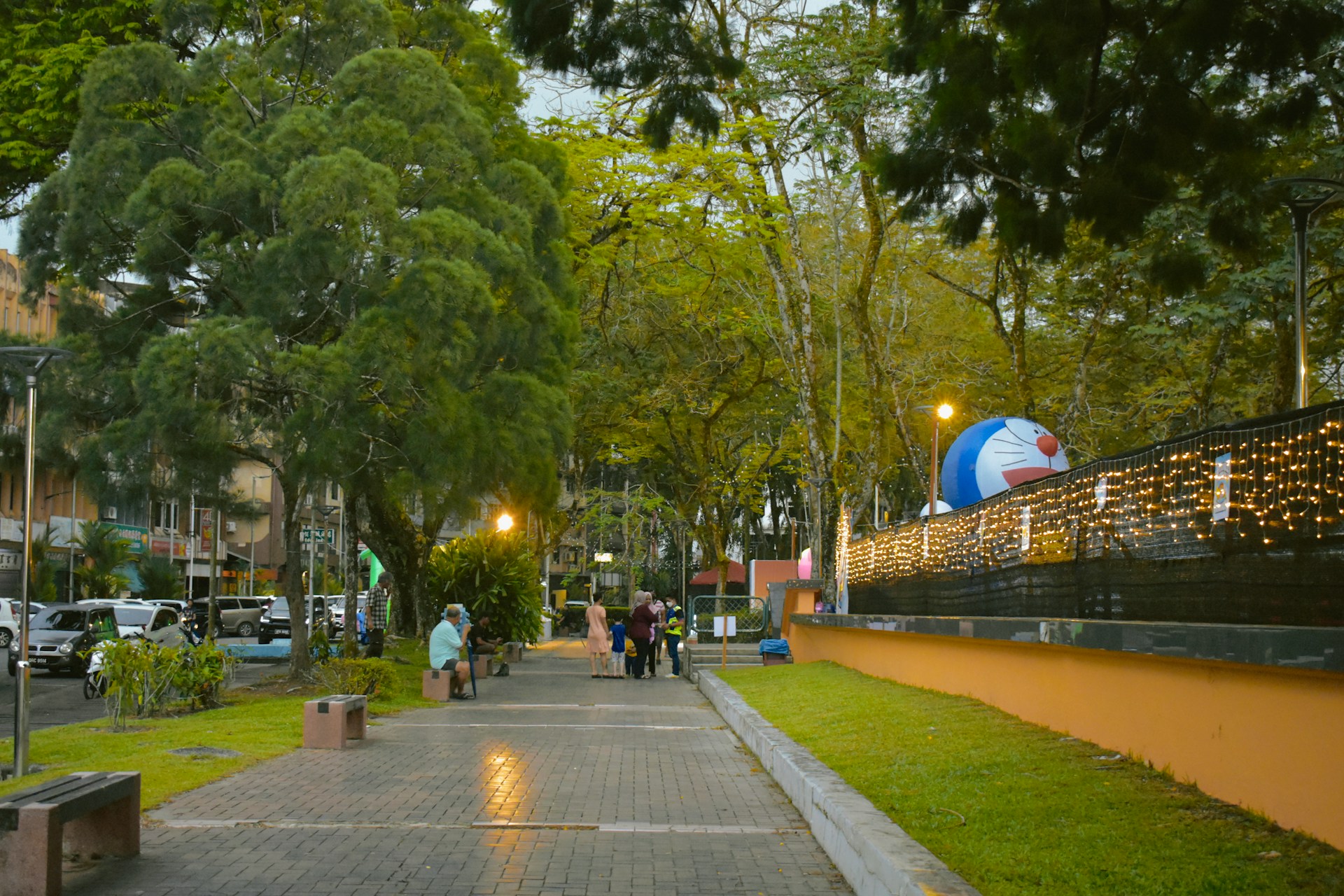At EB3 Construction, we understand that commercial construction budgets can vary widely due to several key factors. Typical costs range from roughly $75 to $400 per square foot, depending on project specifics. Smaller structures may fall toward the lower end of this range, while larger commercial buildings can reach the higher end.
What drives these wide-ranging budgets? Total project cost depends on elements such as design complexity, intended use, finish level, and geographic location. Commercial building costs can differ substantially based on size and specifications, so it’s crucial to remember that every project’s expenses will ultimately reflect its unique requirements.
When we approach commercial construction budgeting, our team carefully considers every component that could impact the bottom line. From the foundation to the roof, each element influences final cost. By assessing these factors early in planning, we aim to provide more accurate estimates and help facilitate smoother execution.
What Factors Affect Commercial Construction Costs?

Several key factors influence commercial construction costs. Below are some major cost drivers we typically evaluate when estimating and planning projects:
Construction Method
The chosen construction method can affect overall costs, with different approaches showing varying per-square-foot ranges:
- Pre-engineered metal buildings
- Metal stud frame
- Structural steel framing
- Tilt-up construction
Pre-engineered metal buildings can be cost-effective for many applications, whereas tilt-up construction offers durability at a different price point. The optimal method typically depends on a project’s specific requirements.
Geographic Location
Location often plays a role in determining costs. Projects in certain regions—particularly dense urban centers—may carry higher price tags due to labor rates, building codes, or material-transport expenses.
Building Type and Complexity
The building’s intended use and complexity can also impact cost. For example, a standard office space, a small industrial facility, and a medical office building each require different systems and structural considerations. Healthcare facilities and specialized industrial spaces may call for advanced mechanical systems, precise environmental controls, and unique structural elements that increase costs versus traditional office or retail projects.
Additional Cost Factors
Beyond core construction expenses, owners should account for items like:
- Site preparation and excavation
- Permitting and inspection fees
- Professional fees (architects, engineers, project managers)
- Fixtures, furnishings, and specialized equipment
- Financing costs and interest rates
- Long-term maintenance and operational expenses
Planning for these elements early helps prevent budget overruns and supports more accurate total-project cost projections.
| Building Type/Method | Material Cost ($) | Build Cost ($) | Finishing Cost ($) | Total Cost per Sq Ft ($) |
|---|---|---|---|---|
| Metal Stud Frame | 25–35 | 8–16 | 50–250 | 80–300 |
| Pre-Engineered Metal Building (PEMB) | 20–35 | 5–10 | 50–250 | 75–295 |
| Structural Steel Framing | 45–60 | 10–20 | 50–250 | 105–330 |
| Tilt-Up Construction | 40–55 | 50–70 | 50–250 | 140–375 |
Disclaimer: Pricing figures are based on publicly available market data and are intended for general estimation purposes only. They do not constitute a formal quote from EB3 Construction. Actual costs will vary by project scope, location, labor rates, and material prices.
By evaluating these factors and partnering with experienced contractors, developers and business owners can better forecast costs and make informed decisions. We encourage a detailed cost analysis tailored to each project’s parameters to develop a comprehensive budget.
How Are Commercial Build-Out Costs Structured?
Commercial build-out costs generally fall into three categories: hard costs, soft costs, and vendor costs. Understanding these helps tenants and owners set realistic budgets for office renovations and improvements.
Breakdown of Build-Out Cost Categories
Build-out budgets may include:
- Hard costs: Often 60–70 % of the total budget, depending on specifics
- Soft costs: Typically 20–30 %
- Vendor costs: Generally 10–15 %, varying by tenant needs
Hard Costs
Hard costs encompass lasting physical improvements such as doors, windows, paint, flooring, HVAC, electrical and plumbing work, and construction labor.
Soft Costs
Soft costs include services and fees like building permits, legal expenses, architectural plans, and inspections.
Vendor Costs
Vendor costs may cover items specific to tenant needs—signage, security systems, cabling, and moving expenses.
Office Space Costs by Finish Quality
The per-square-foot cost for office build-outs varies with finish level. Higher-quality finishes may raise initial costs but can boost productivity and leave a positive client impression.
Understanding how costs are structured allows tenants and owners to make informed decisions. Close collaboration with your contractor and project manager helps balance needs with cost-effective solutions.
What Payment Methods Exist for Commercial Construction Projects?

Commercial projects often use one of four main payment approaches to finance tenant improvements and build-outs. Each allocates costs and responsibilities differently between landlords and tenants:
Rent Discounts
Landlords may offer free or reduced rent periods, allowing tenants to redirect savings toward improvements. Tenants usually manage the construction work in this scenario.
Building Standard Allowance
With a building standard allowance, landlords provide a selection of pre-approved improvement options and typically oversee the work. Tenants cover upgrades beyond the standard.
Turnkey Build-Out
In a turnkey build-out, landlords finance and manage most improvements (excluding furniture and equipment). Both parties agree on specifics during lease negotiations.
Tenant Improvement Allowance
Landlords provide payments or rent credits to offset improvement costs. Tenants typically oversee construction and pay any overages.
When choosing a payment method, tenants and landlords should weigh project size, lease term, customization level, and construction management preferences.
How Can You Save on Commercial Construction Costs?
Cost control is a top priority for our clients. Below are several strategies we often employ to reduce expenses without compromising quality:
Careful Project Planning
Thorough planning—including clear consideration of size, complexity, and location—helps avoid costly changes later.
Design-Build Approach
The design-build method integrates design and construction under one contract, streamlining communication and potentially accelerating delivery.
Value Engineering
Value engineering analyzes each project element to identify alternatives that maintain function while lowering cost.
Energy-Efficient Systems and Materials
While energy-efficient options may cost more upfront, they often offer long-term operational savings.
Prefabrication
Prefabricated components can reduce construction time and labor, lowering overall costs where appropriate.
Simplified Designs
Clean lines and efficient layouts generally cost less to construct than complex architectural features.
Contractor and Supplier Negotiations
Strong relationships with subcontractors and suppliers can yield competitive bids and bulk-purchase discounts.
Contingency Budgeting
Including a contingency helps manage unexpected costs or delays, protecting the overall budget.
Early General Contractor Involvement
Bringing a general contractor on board early provides valuable cost-saving input during pre-construction, supporting informed decisions throughout the project lifecycle.
By applying these strategies, we strive to optimize costs while maintaining quality and safety.
| Strategy | Description |
|---|---|
| Accurate Material Forecasting | Use detailed plans to forecast material needs precisely. |
| Vendor Negotiations | Leverage relationships to secure bulk-purchase pricing. |
| Comprehensive Needs Assessment | Prioritize essential features. |
| Mindful Budget Allocation | Fund critical elements first to avoid overspending. |
| Adopt Lean Construction Principles | Minimize waste while maximizing value. |
| Technology Integration | Use project-management software and BIM. |
While keeping costs in check is important, quality and safety should never be compromised. Achieving the right balance between cost-effectiveness and a superior final product is central to successful commercial construction.
Conclusion: Planning Your Commercial Construction Budget Effectively

Creating an effective budget requires thorough planning, careful consideration of all cost factors, and strategic decision-making. Our role is to help set realistic expectations by accounting for construction methods, building types, and regional variations, then reviewing and adjusting budgets as needed throughout the project.
Including appropriate contingencies can enhance financial stability. Whether you’re considering cost-efficient metal buildings or premium materials to meet specific needs, we work to align your budget with your business goals and maximize value.
Effective budget management lays the groundwork for turning your vision into reality while maintaining financial control. By partnering with an experienced team, you can navigate the complexities of commercial construction budgeting with confidence. We’re ready to guide you through this process.
Ready to start planning your commercial construction budget? Contact EB3 Construction to discuss how we can help develop a strategic budget aligned with your goals.




